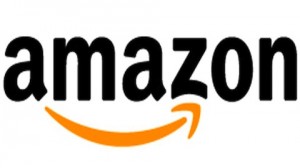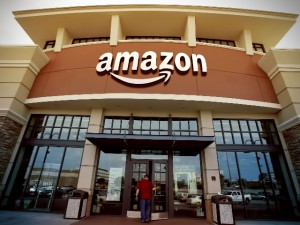
In Ling Du’s blog, she talked about how Amazon is planning to open its first physical store in the United States. One of the major things that she mentioned in this blog is that if Amazon decides to pursue this strategy, it will be hard to maintain its low-cost strategy. I indeed agree with this opinion. The biggest and the most important aspect of EC business is providing products at the lowest possible products by 100% internet based way of its business style in exchange for lack of quality physical customer service. Therefore, owning a physical store is almost like a taboo for this particular industry. Then why is Amazon doing this? The two major advantages that physical stores have fall under customer service aspect and marketing aspect.
EC businesses, developed from not owning physical stores are now experiencing such two obstacles as EC industry develops and the product category and needs expand. It is true that a lot of people prefer having a physical experience with the products that they are interested before they purchase them. Despite the public use of EC use has not increased much, there is a sign of a slowdown in EC market growth. Hence a whole new business strategy needed.
Zappos, one of the EC enterprises, tries to overcome such obstacles by providing its own unique customer service. It accepts customers returning the goods they purchased if they did not like them, and offers free shipping both ways.
On the other hand, what Amazon is trying to do is rather complicated. Their business strategy will be completely different form the ordinary EC business strategies. Amazon is seeking to expand its business and build business basis where it can maximize cost efficiency and service quality. This will result in establishing a cutting-edge business that differentiates itself from its competitors completely.
However, the needs that can be taken care of just from the enhancement of product distribution are limited. Amazon has not been able to obtain enough market shares in shoes and apparel markets because a lot of customers prefer visit nearest retail stores and “see” them physically. Their lack in shares is not only in apparel markets, but also electronics; their major selling products. A lot of customers are concerned about after service and wanting to have a customer service in person. In order to satisfy such needs, expansion of ways of delivering products is crucial. I think opening a physical store was the best and most feasible answer that Amazon could think of. By owning a physical store it can realize all the aspects that it is missing, yet as Ling Du mentioned, total fixed cost would be very costly thus a thorough consideration about the relationships between marginal benefit and marginal cost is highly required. I am very looking forward to hearing Amazon’s final decision for this new business strategy in the future.
Bibliography
Du, LIng. “Ling Du’s Blog.” Ling Dus Blog. N.p., 9 Nov. 2014. Web. 09 Nov. 2014. https://blogs.ubc.ca/emmadu/2014/11/09/amazon-physical-store-coming/
Images from
“FoneArena.com – Mobile Phones Specifications, Prices, Photos, Reviews, News, Forums, Glossary, Fonefinder.” FoneArena.com – Mobile Phones Specifications, Prices, Photos, Reviews, News, Forums, Glossary, Fonefinder. Google, 10 Oct. 2014. Web. 09 Nov. 2014.
“Zappos | The Dragonfly Effect.” The Dragonfly Effect. , . Web. 08 Nov. 2014. http://www.dragonflyeffect.com/blog/dragonfly-in-action/case-studies/zappos/
Hoffelder, Nate. “Whatever Happened to Amazon’s Retail Stores? – The Digital Reader.” The Digital Reader. N.p., 9 Feb. 2013. Web. 09 Nov. 2014.

